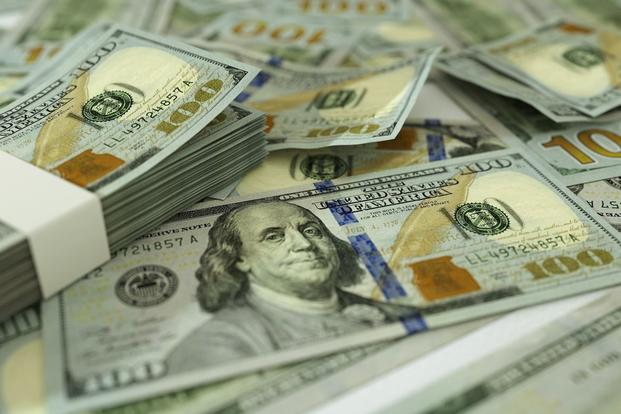Over the past decade, I may have become a bit lethargic. The low-interest-rate environment lulled me into an "it's not worth the effort" mentality when it came to doing the little extra to ensure that I was, literally, making the most of what I had in cash.
And while that may have been the reality over much of the past 10 years, it's certainly no longer the case. This reality struck me as I was reviewing a couple of my IRS 1099-DIV and 1099 forms for 2022. I would have struggled to buy a Happy Meal with the interest we earned on cash in the bank and our brokerage account over the course of an entire year. Not very happy. And I own it.
If you see any of yourself in that scenario, here are a few factors to think about as you review your situation and determine how to save.
1. Inflation is causing you to lose more ground. One of the primary risks of money sitting in cash-type investments is the loss of purchasing power when the rate of rising prices exceeds the interest you're earning. That risk is compounded with inflation like we've seen over the last year-plus and should motivate you to take a closer look at your cash.
2. Not all deposit accounts are created equal. Make sure your checking and savings accounts are working for you. Whether you set aside cash for anticipated purchases or expenditures, save for short-term goals or just like a bit of cash on hand, check out what your savings are earning. According to Bankrate, the national average was .3% for savings accounts and .1% for checking accounts at the end of March. On the other hand, top-performing accounts were earning more than 4%. That type of additional interest can add up.
3. "Sweep accounts" may gather dust and not much else. A sweep account can be linked to a bank account or brokerage account. If you have a cash account within your brokerage that is the destination for dividends, sales and other distributions, it's worth a look. Talk to your brokerage firm and ensure you're getting the most of it.
4. A two-tier approach is back in vogue. For years, I had encouraged members to set up a two-tier reserve. The idea was to put a portion in a liquid account earning market rates and readily available and a second portion in a certificate of deposit (CD). The idea: Have some cash readily available and earn as much as possible without market risk or fluctuations on the second part. In the current interest-rate environment, this approach again makes sense -- and earns a lot more dollars than a low- to no-interest checking or savings account.
5. Turn to Uncle Sam. The U.S. Treasury may have some options for those looking to boost the yield on their savings. First, Series I savings bonds are still attractive. The interest they earn is based on two components. First, a fixed rate that is set when you buy the bond and stays the same over the 30-year term of the bond. There's also a variable interest rate that is updated every six months based on inflation. For the six-month period that ended in April, the combined rate was 6.89%. Treasury bills have terms from 4-52 weeks and, in today's environment, very attractive yields.
6. Holding high-interest debt has become costlier. The flip side of the rising interest rates value proposition is that borrowing has become more expensive. From mortgage to credit card APRs, one word captures the trend: pain. In March, Creditcards.com reported the average credit-card rate of 20.35%. The point? Paying off debt, especially high-interest, credit-card debt, may make sense.
If you have been asleep at the wheel, now could be a great time to survey your own situation to ensure your cash positions are worthy of the title.
Get the Latest Financial Tips
Whether you're trying to balance your budget, build up your credit, select a good life insurance program or are gearing up for a home purchase, Military.com has you covered. Subscribe to Military.com and get the latest military benefit updates and tips delivered straight to your inbox.




